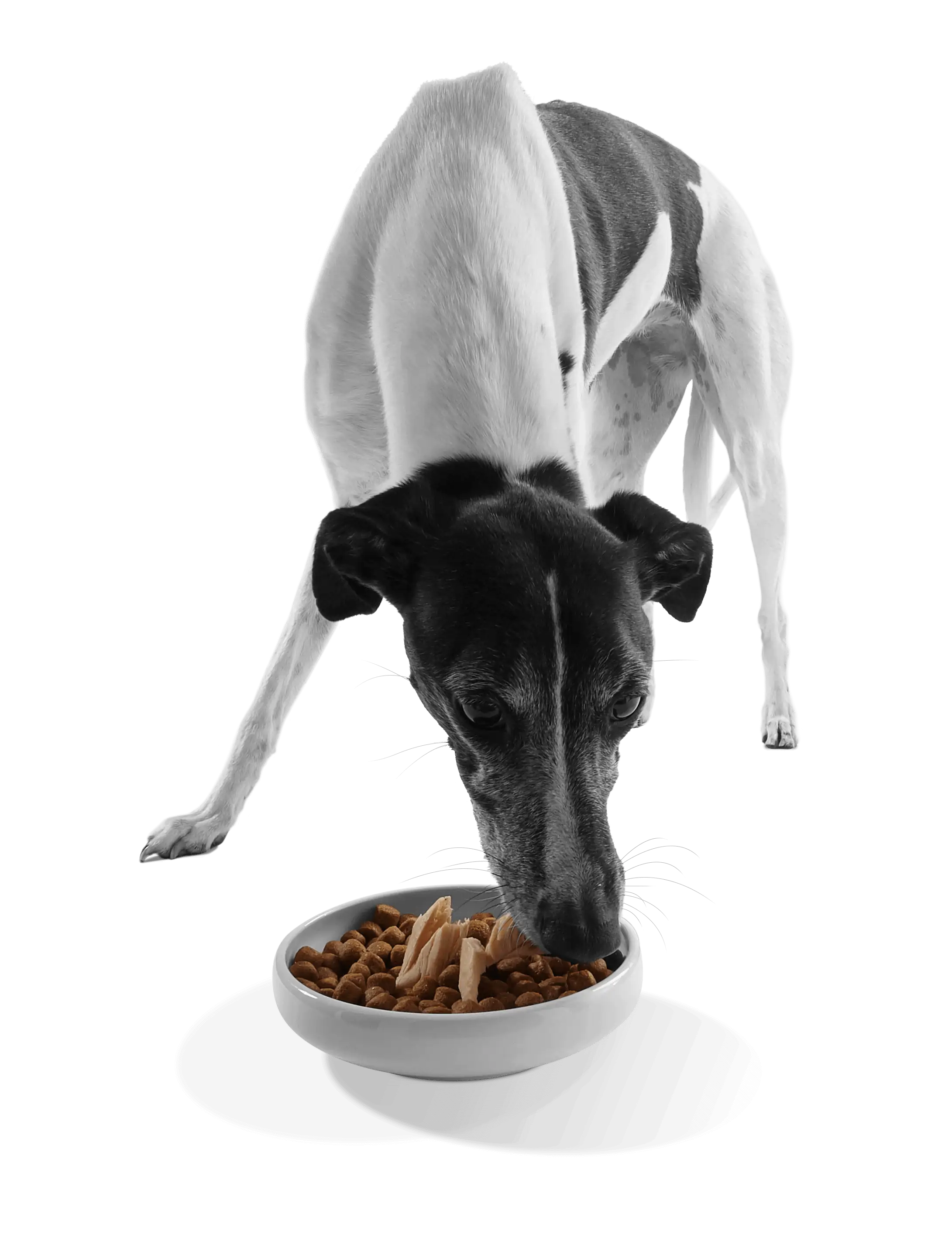Stressful situations are a part of life. How many times this week have you felt like things are getting on top of you? Dogs get stressed, too.The dangers with our pets experiencing stress or anxiety is that it can be difficult for us to spot.
Dogs are our responsibility. The second they set a paw in our home they become a part of the family. And we don’t take the title of pet parent lightly.
Dogs, unlike humans, can’t talk through their stresses, or ask for help when things get a bit much. That’s why it is vital we understand what to look for when our pet’s behavior begins to change. What may start off as a minor issue could quickly escalate, resulting in us having to take them to the vets.
Perhaps they’ve started acting out or they’re hiding around the house more. Maybe they’ve become tense, clingy, or distant.
Keeping our pets relaxed and calm is essential for their physical and mental well-being. So identifying any possible stressors and removing them at the earliest possible opportunity is key if we want our dogs happy and healthy.
To help with understanding when your dog may need a little break, we’ve compiled a list of the signs you need to be keeping an eye out for.
5 important signs to be aware of
1. Pacing and restlessness.
When pets begin to pace it may be because they are feeling stressed or anxious. Loud noises, such as fireworks, bad weather or work being carried out around the house, can lead to increased restlessness. Some dogs may also appear agitated as a result of separation anxiety brought on when you leave the house for long periods. Some may start pacing up and down the house simply because they are after a bit of attention. If it’s only every now and then – or as a direct result of environmental stress – then there’s probably nothing to worry about.
However, there are a number of medical conditions that could contribute to your dog pacing and if you’re concerned you should always contact your vet for advice. If the pacing becomes a common occurrence you will need to try and work out what the issue is. Stop and watch them. See if they are exhibiting any other symptoms. If you think it is linked to something more serious, contact your vet.
2. Incessant whining.
It is not unusual for dogs to whine incessantly when they are anxious or scared. If this is the case, that unmistakable noise will commonly be accompanied by yawning, pacing and/or drooling. Dogs do whine when they are seeking attention, so you will have to observe if there are any other symptoms. If your four-legged friends only whines just before you leave the house, or even a room, it may be because of separation anxiety.
Again, check for other symptoms, like the ones listed above, if you think this may be the case. Of course, your dog’s ‘cries for help’ may be because they are in discomfort or pain. If the whining does become much more frequent, thoroughly examine their body before taking them to a vet so they can rule out anything physical.
3. Frequent yawning.
Like humans, dogs do sometimes yawn because they’re feeling a little tried. If they’re throwing open their mouth straight after a nap, or they’re doing it while led in bed, it’s most likely down to drowsiness. An occasional full-on jaw-stretch is nothing to be worried about at all. If your dog has started yawning excessively though, then you need to begin paying attention. Quick yawns one after another could be a sign that your furry friend is feeling stressed or anxious.
If you think they are yawning for this reason then you need to identify and eliminate the stressor as quickly as possible. It could be trips in the car, trips to the vets, or an unfamiliar situation. Once you remove the aggravation, the yawning should subside.
4. Hiding or avoiding interaction.
We’ve all felt like hiding when things sometimes get a bit too much. Our dogs can feel the same from the time to time. Hiding under furniture or shunning attention is a common behavior in many dogs, and may be a sign that something is troubling them. Dogs hide in order to feel safe. It is their way of protecting themselves from a potentially stressful situation.
Maybe you have a few people around or there are loud noises coming from outside. These situations will resolve themselves, although you should try and make your dog as comfortable as possible while they are ongoing. If they have stopped interacting with you, or you have stopped noticing them around the house as much, and this has been going on for a few days then you need to do a bit of detective work out and find out what the problem is.
5. Stiffness or shift in posture.
You know the way your dog moves and behaves better than anybody. A change in posture or a sudden stiffening up should be a fairly easy spot for pet parents, and could be a sign their furry friend is stressed out.
Are they crouching down more? Is their tail down or between their legs? Are they holding their head down or to the side? These body postures could well be indicating stress or anxiety in your dog. A good way to reduce stress is through regular play sessions and daily exercise. The change in posture could also be down to a dog experiencing pain.
If you think there may be a serious underlying condition, do not hesitate to contact your vet for medical advice.
How you can help
Dealing with a stressed dog can be tremendously stressful for pet parents. Not least because we hate it when our precious fur babies are suffering. On top of that, finding the root cause can often be a real head-scratcher. Paying attention to how a dog is behaving is always a good place to start. The sooner we unravel what is bothering our four-legged friends, the sooner we can prevent them becoming overwhelmed.
Your pup isn’t going to tell you what’s up with them, so it’s up to us to pinpoint exactly what the problem is. Emotional stress can quickly lead to physical distress and that is the last thing we want. Spending quality time with your dog will give you a glimpse into what is going on in their world. That extra bit of TLC may actually be just what the vet ordered.
If it is an environmental factor(s), it’s imperative you address the issue immediately. Common reasons include loud noises, separation anxiety, moving home, another animal in the house. While you are tackling the doggy dilemma, there are a few things you can do to help them stay relaxed.
Take them outside for regular exercise, ensure they have a routine, feed them a healthy diet; basically do everything you can to keep them happy and healthy. Positive reinforcement is another way of lowering anxiety. Sometimes it may just be that they require a little peace and quiet. Give then space and let them come to you if you think that may be the case.
If your furry friend is still struggling with stress or anxiety, or you think the root cause may be something physical, call the vet and let them conduct a thorough examination.





















